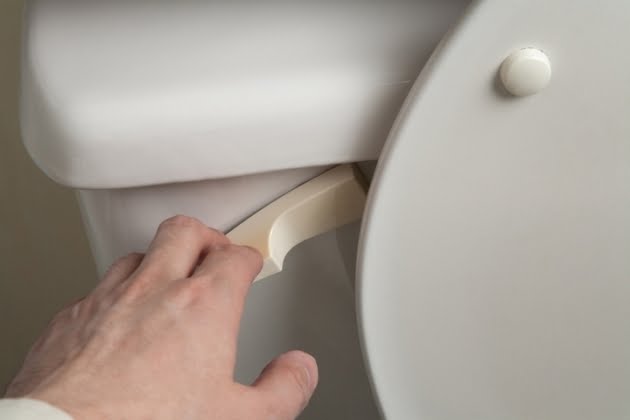Any functional toilet should be flushing fast and aggressively. All it takes is one strong flush and the toilet mechanisms should do the rest of the work. Unfortunately, this is not what always happens. In some scenarios, you may experience a toilet that is slow to flush. Due to the weak pressure, it might even take a couple of tries before you empty the toilet bowl successfully.
When your toilet doesn’t flush quickly, this indicates a problem with its internal mechanisms. Fortunately, a slow flushing toilet shouldn’t be too complicated to fix, although contacting a professional plumber is recommended if you are not particularly handy. Either way, you can learn a lot about how to troubleshoot a slow flushing toilet.
If you ever encounter a slow flushing toilet, below are six possible fixes that you can try:
1. Unclog the waste pipe
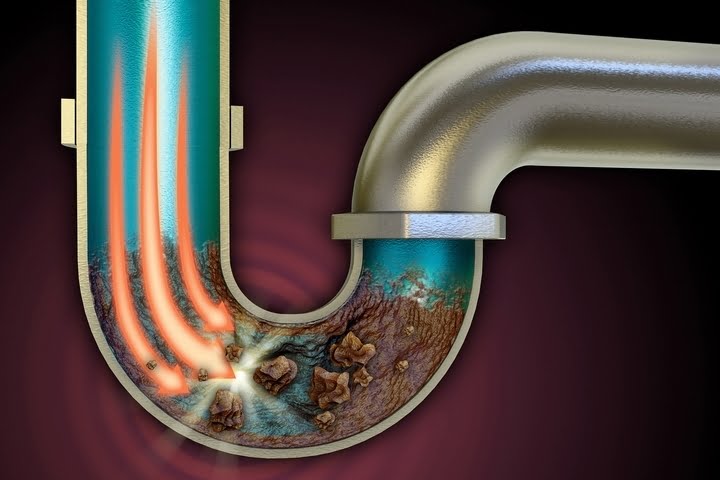
A toilet waste pipe is responsible for carrying waste from the toilet bowl to a drain outside the house. If you notice your toilet has a weak flush, and it drains slowly, you are probably experiencing a partial clog. If you have a wholly clogged waste pipe, you will know right away. This is because the water going into the toilet bowl won’t have anywhere to go, and the toilet bowl will eventually fill up.
Whether your toilet’s waste pipe is partially or entirely clogged, the process of fixing it is the same. You will need a plunger, which works by creating pressure to force water back and forth into the waste pipe. This breaks up the debris causing the clog. When unclogging a toilet, you want to use a plunger that features a flange extension. The flange, which is usually found at the rubber part, fits better and ensures each plunge is effective.
If plunging fails to do the trick, use a toilet snake. This device features long-coiled cables that you insert deep into the piping to break up debris that could be causing the clog.
2. Unclog the jet flush hole
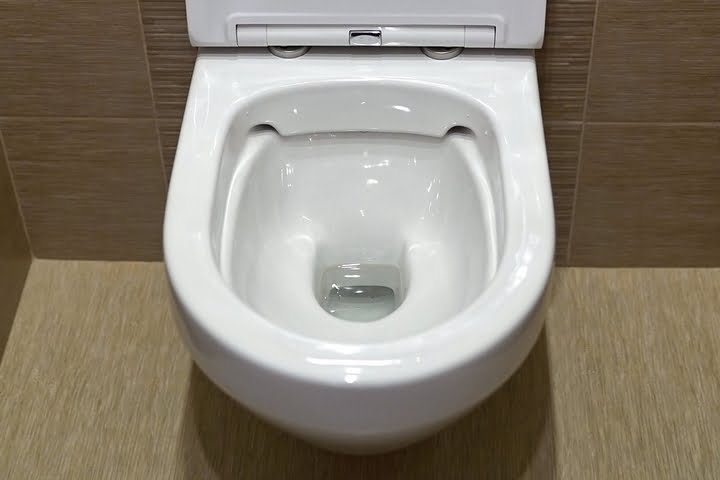
The jet flush hole is also known as the siphon jet. This is the compartment found at the front of the toilet. It is responsible for holding water and releasing it at a certain angle, which ensures waste is pushed directly into the trap with each flush.
Over time, deposits tend to develop in the jet flush hole and eventually block it. This weakens your toilet’s flushing power. Use an acidic toilet cleaner and a brush to fix this issue. Find a brush that can be twisted several times inside this passage.
3. Unclog the rim jets
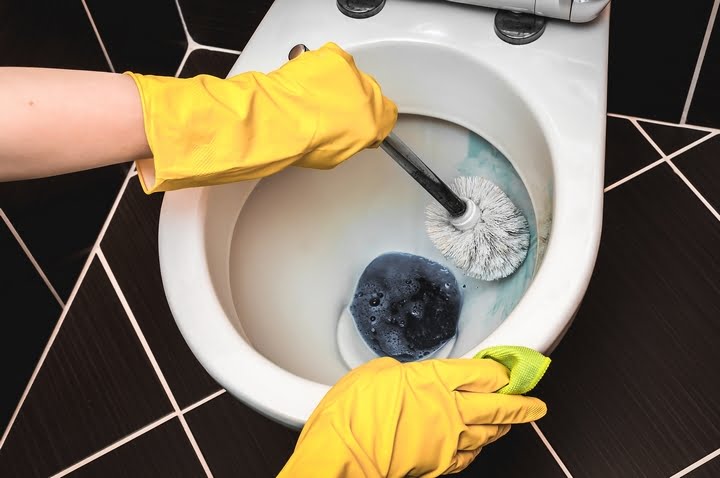
Below the toilet rim, you will find small holes known as the rim jets. These are responsible for releasing water from the tank and into the bowl with each flush. Like the siphon jet, deposits tend to develop around rim jets over time. This interferes with the flow of water and weakens the flushing power.
Typically, water should flow aggressively out of the rim jets with every flush. If this doesn’t happen, there is probably a partial clog that needs to be addressed. To clear the rim jets completely, plug each of them with plumber’s putty, and then pour acidic toilet cleaner in the overflow tube found in the toilet tank. Let the acidic cleaner rest for a while until it dissolves the build-up and deposits.
Now, remove the putty and flush the toilet several times. Finish off by using a brush to scrub and remove the leftover debris.
4. Check the water level in the toilet tank
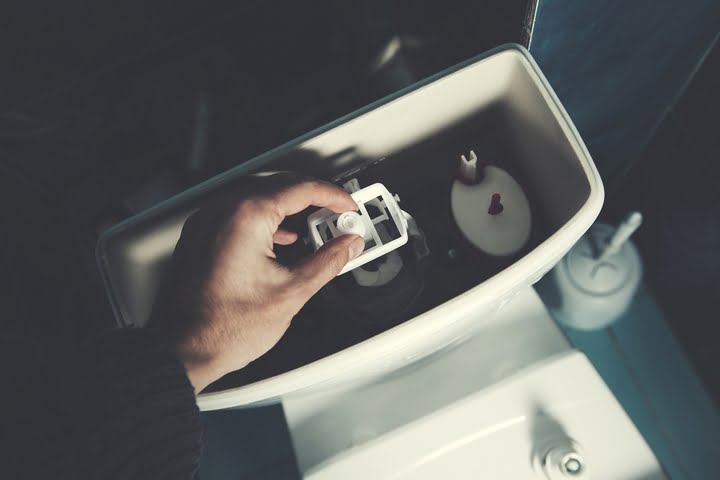
If your toilet tank’s water level is too low, it won’t flush properly. Low water levels increase the chance of a clog developing. This is because the water pressure in the waste pipe is too weak. Every toilet features a water level mark indicating exactly where the water level should be. As a standard, the water level should always be right below the overflow pipe.
The water level in a toilet’s tank is controlled by the float. To deal with the issue of low water levels in your toilet’s tank, adjust the height of its float. Most bathrooms feature an adjustment screw, which you turn using a screwdriver. For the water level in your tank to increase, adjust the float and take it to a higher level. This allows more water to flow into the tank before the supply is cut off.
5. Check the water level in your toilet bowl
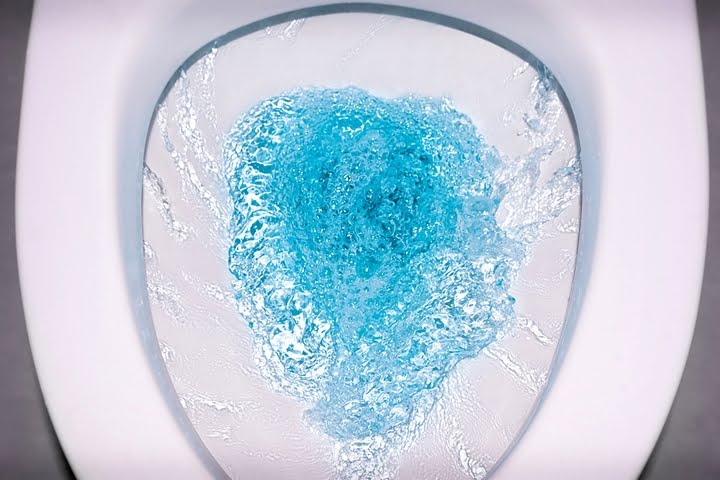
Low water level in the bowl means the toilet won’t flush properly. If the water in the toilet’s tank is at the right level, but it’s low in the bowl, the fill valve apparatus found in the tank is probably the source of the problem.
If your toilet’s fill valve cracks and leaks, the pressure in the tube that fills up your toilet bowl is reduced, which explains the low water level. In this case, the solution is to replace the fill valve apparatus currently in use with a new one. While this process can be a bit confusing, a professional plumber can get the job done in no time.
6. Inspect the flapper
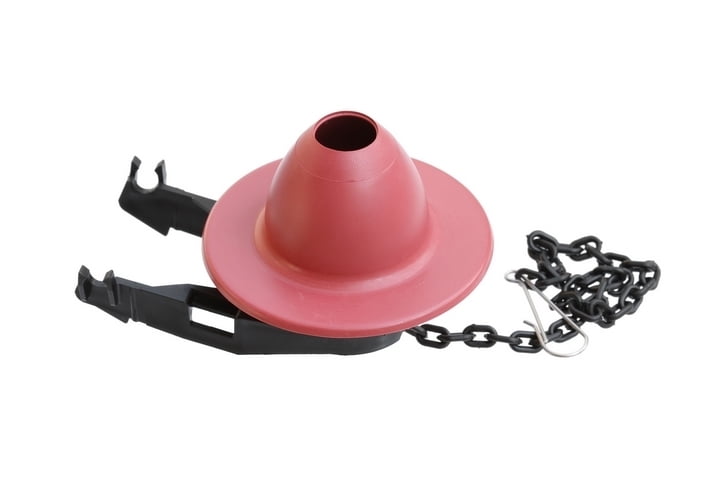
Your toilet could be flushing lazily because there’s too much slack in the flapper. The flapper valve is found at the bottom of your toilet’s tank. It is usually linked to the flush handle with the help of a chain and a rod. If the flapper chain is too long, this component closes too fast, so the toilet doesn’t get enough water to flush. The solution is to shorten the chain to reduce the slack when flushing.



